How dangerous is Ben Nevis?
Three climbers killed in avalanche on UK’s highest mountain
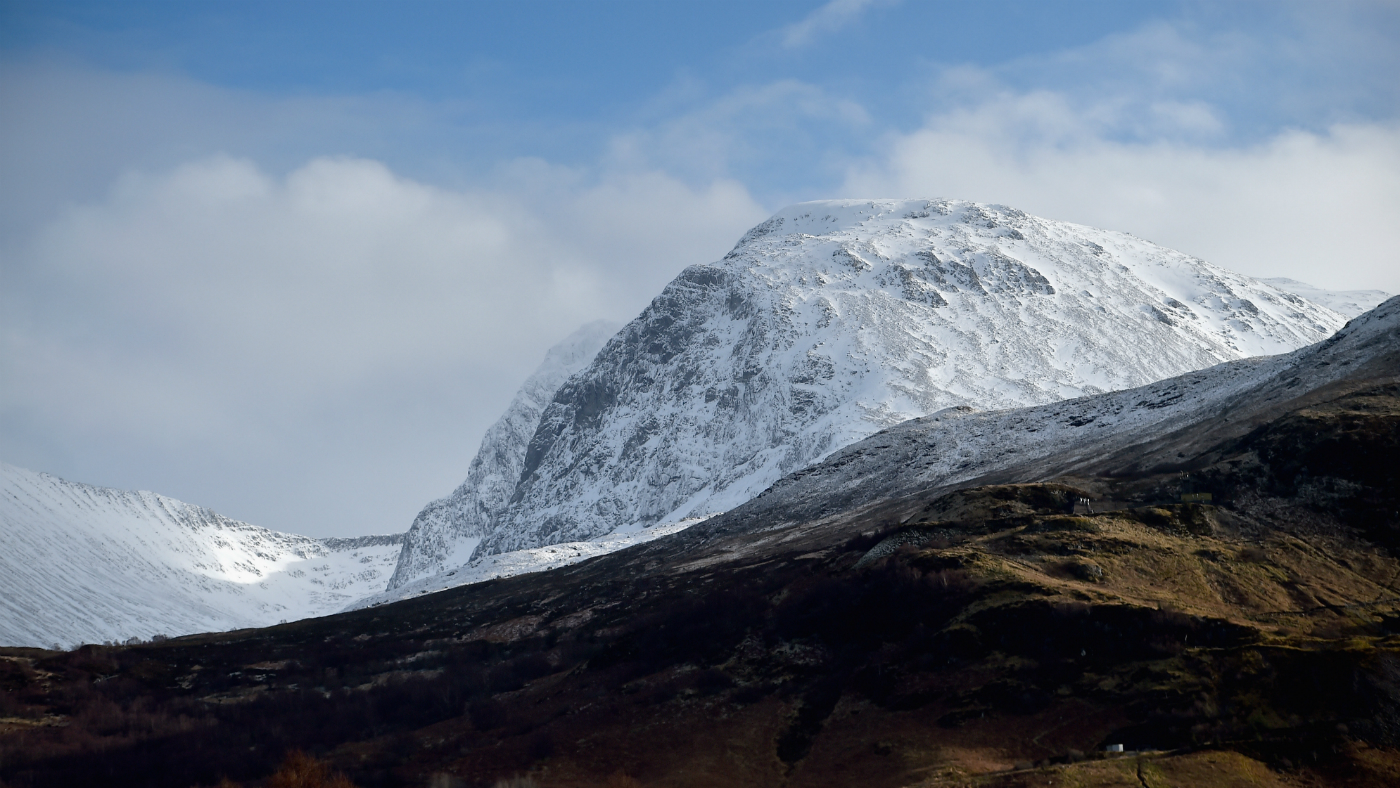
Three people have died and a fourth injured after being caught in a major avalanche on Ben Nevis.
The Guardian reports that the incident happened in an area of the mountain called No 5 Gully on Tuesday. The alarm was raised at 11.50am and a Coastguard helicopter, air ambulance, three road ambulances and a trauma team were sent to the scene.
The UK’s highest mountain, Ben Nevis is a popular tourist destination but its weather is “arguably the most ferocious to be found anywhere in the UK” and “even the most experienced climbers and walkers have been caught out”, says Ben-Nevis.com.
The Week
Escape your echo chamber. Get the facts behind the news, plus analysis from multiple perspectives.

Sign up for The Week's Free Newsletters
From our morning news briefing to a weekly Good News Newsletter, get the best of The Week delivered directly to your inbox.
From our morning news briefing to a weekly Good News Newsletter, get the best of The Week delivered directly to your inbox.
It has already seen a number of other fatal accidents this winter, although this is the first incident caused by an avalanche.
The BBC reports that a 21-year-old German woman, who was studying at Bristol University, “died after she fell from a ridge she had been climbing with three other people on New Year’s Day”, while a 21-year-old man from West Yorkshire died after a fall on the mountain in December.
More than 150,000 people ascend Ben Nevis each year and there are several deaths annually, according to mountaineering expert Alan Arnette, with fatalities caused by a number of factors.
So what are the dangers?
A free daily email with the biggest news stories of the day – and the best features from TheWeek.com
Routes
There are multiple routes up the 1,345m (4,413ft) mountain, ranging in difficulty from easy to extremely challenging.
The hardest routes, only to be attempted by experienced rock climbers, are the Observatory Ridge and North East Buttress routes. These are both graded as Very Difficult rock climbs in the UK grading system and require rock-climbing and safety equipment. Previous scrambling and hillwalking experience is recommended, and Lochaber Guides says that good weather is a must.
Away from the more challenging ridges to the summit is the Mountain Track – by far the simplest and most popular route of ascent.
The mountain's website says that the path “is well made and maintained throughout its length and, thanks to the zig-zags, not unusually steep apart from in the initial stages”, adding that it “is a relatively simple walk suitable for a spur-of-the-moment ascent”. A summer ascent takes around three to four hours, while a winter ascent can take up to eight, with the descent taking less time.
Weather
Experts are keen to stress that an ascent of Ben Nevis by unprepared visitors – even by those attempting the Mountain Track – is highly discouraged due to the mountain’s famously volatile weather.
Alan Arnette says that clouds “cover the summit nearly 80% of the time in winter and 50% in summer”, with Ben-Nevis.com adding that even on the best of summer days “hill fog can roll in at any time to shroud the mountain, and is extremely disorientating, often resulting in people walking in the wrong direction”.
The tourist board of the nearby town of Fort William says that a hike should only be attempted – at any time of the year – if climbers have full waterproof and warm clothing, a warm hat, gloves, substantial boots, an easily readable map, a compass and the ability to navigate accurately in mist and cloud under difficult conditions.
If the weather on the summit becomes a threat to life, there is a small refuge that climbers can take shelter in.
Falls
Weather also contributes to the most common cause of death on the mountain: falls. The Times reports that “most of the people who have died on Ben Nevis fell at least a kilometre down the sheer northeast face”, either due to faulty rock-climbing equipment, mistakes while scaling the harder ridges, or disorientation on the summit caused by poor weather.
The mountain’s website says that the route to the summit on the Mountain Track also “passes within a few feet of the precipitous cliffs and 2,000-foot drop of the North Face”, meaning any incorrect navigation “could cost you your life”.
The website also notes that, even with good visibility, “snow is often corniced (overhanging) the clefts of the cliffs, meaning that the unwary could find themselves standing on nothing more than unstable snow hanging over nothing but air”.
Avalanches
Avalanches are a constant threat on Ben Nevis, although they rarely occur on the popular climbing routes.
According to the Scottish Avalanche Information Service, there have been four separate avalanches on Ben Nevis in the past month, including another in the No 5 Gully on Saturday.
Scottish Winter Routes reports that this gully, where the three climbers died this week, is “generally avoided as it is very avalanche prone”.
The hiking website says the north face of Ben Nevis, including the Observatory Route and North East Buttress, “should be avoided after heavy snow or during a thaw”.
-
 Political cartoons for December 6
Political cartoons for December 6Cartoons Saturday’s political cartoons include a pardon for Hernandez, word of the year, and more
-
 Pakistan: Trump’s ‘favourite field marshal’ takes charge
Pakistan: Trump’s ‘favourite field marshal’ takes chargeIn the Spotlight Asim Munir’s control over all three branches of Pakistan’s military gives him ‘sweeping powers’ – and almost unlimited freedom to use them
-
 Codeword: December 6, 2025
Codeword: December 6, 2025The daily codeword puzzle from The Week
-
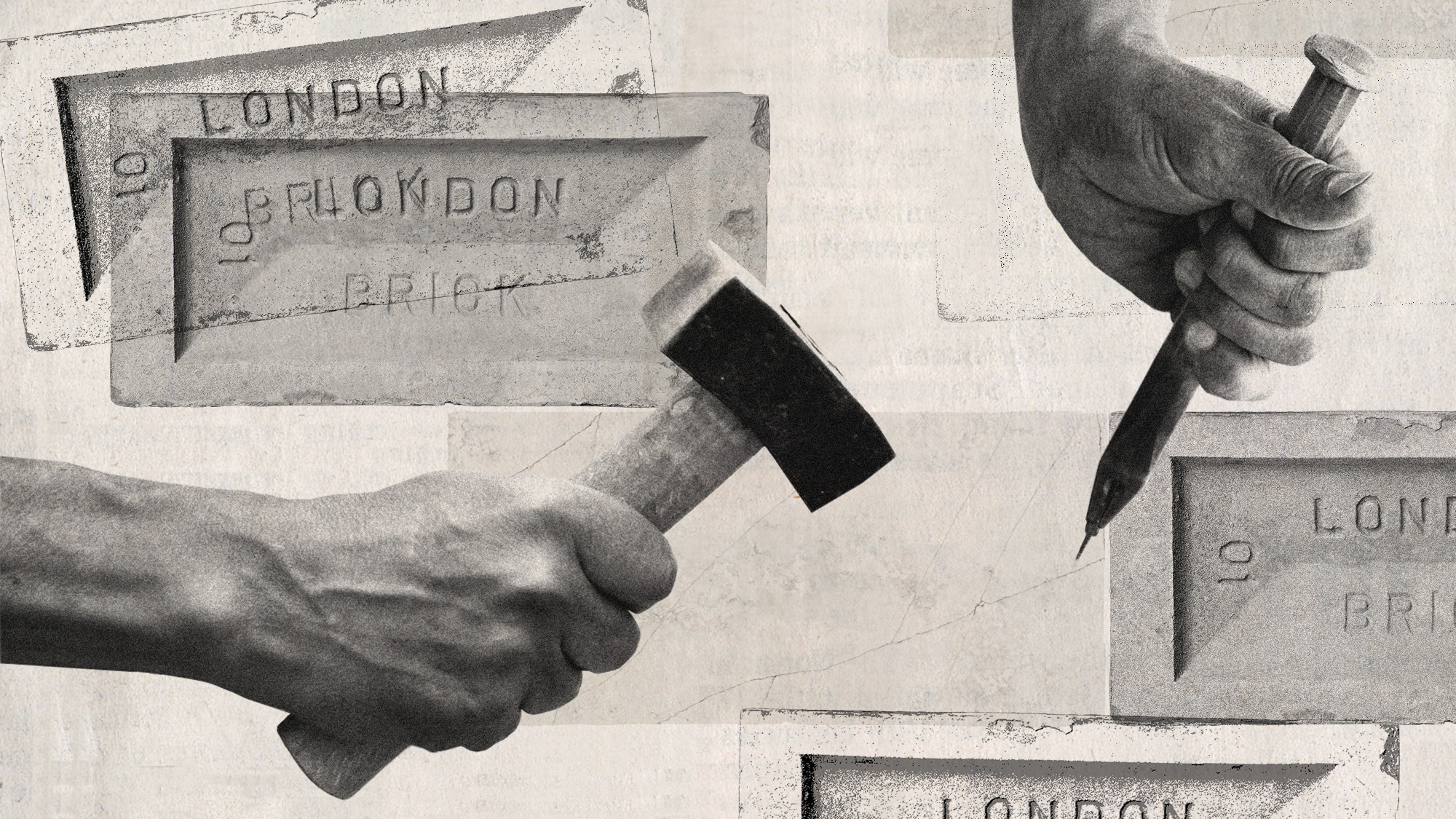 Builders return to the stone age
Builders return to the stone ageUnder the Radar With brick building becoming ‘increasingly unsustainable’, could a reversion to stone be the future?
-
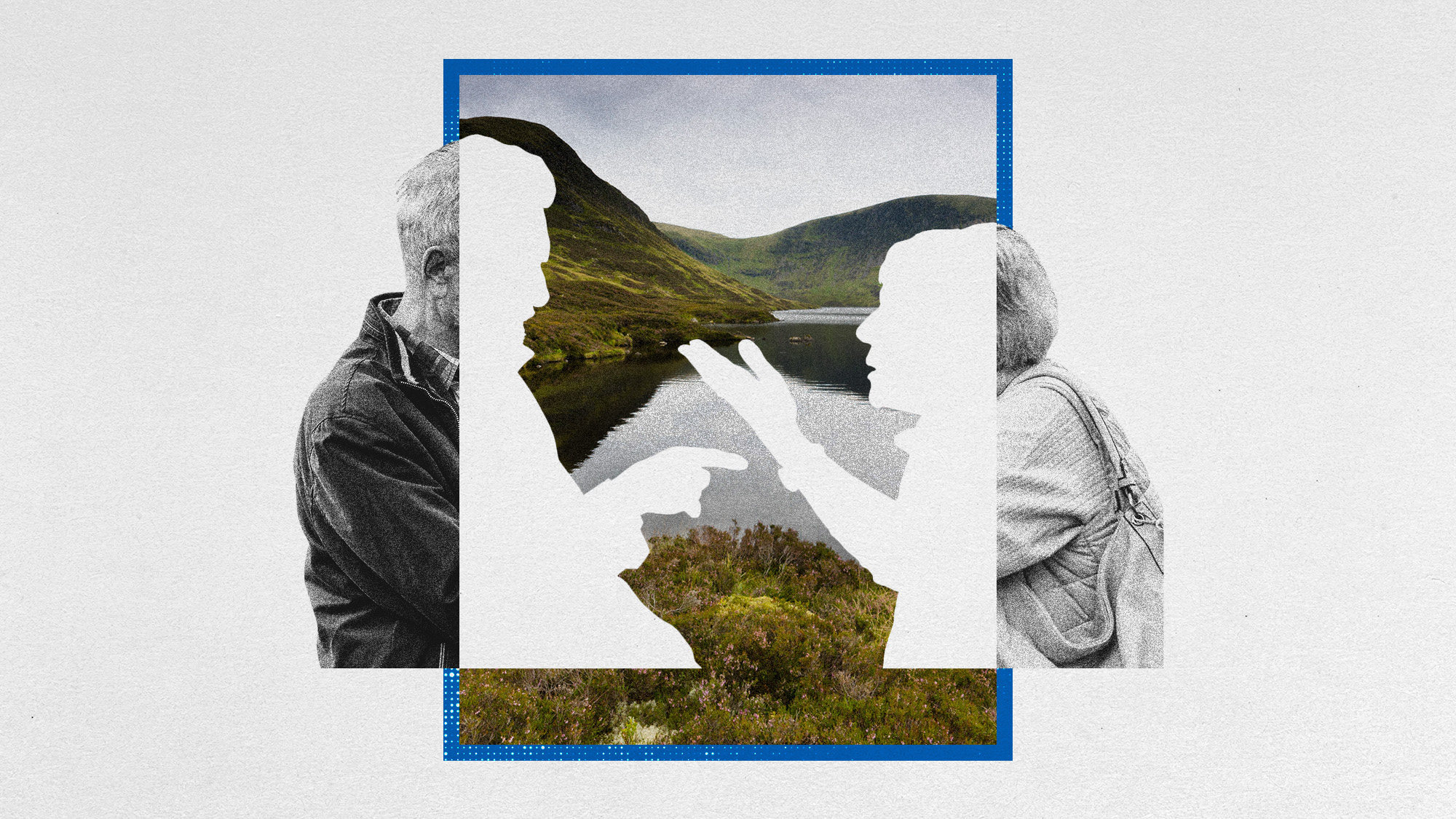 Why plans for a national park are 'ripping apart' genteel Galloway
Why plans for a national park are 'ripping apart' genteel GallowayUnder the Radar Galloway's towns are 'bracketed with campaign banners' as residents battle over plans for the park
-
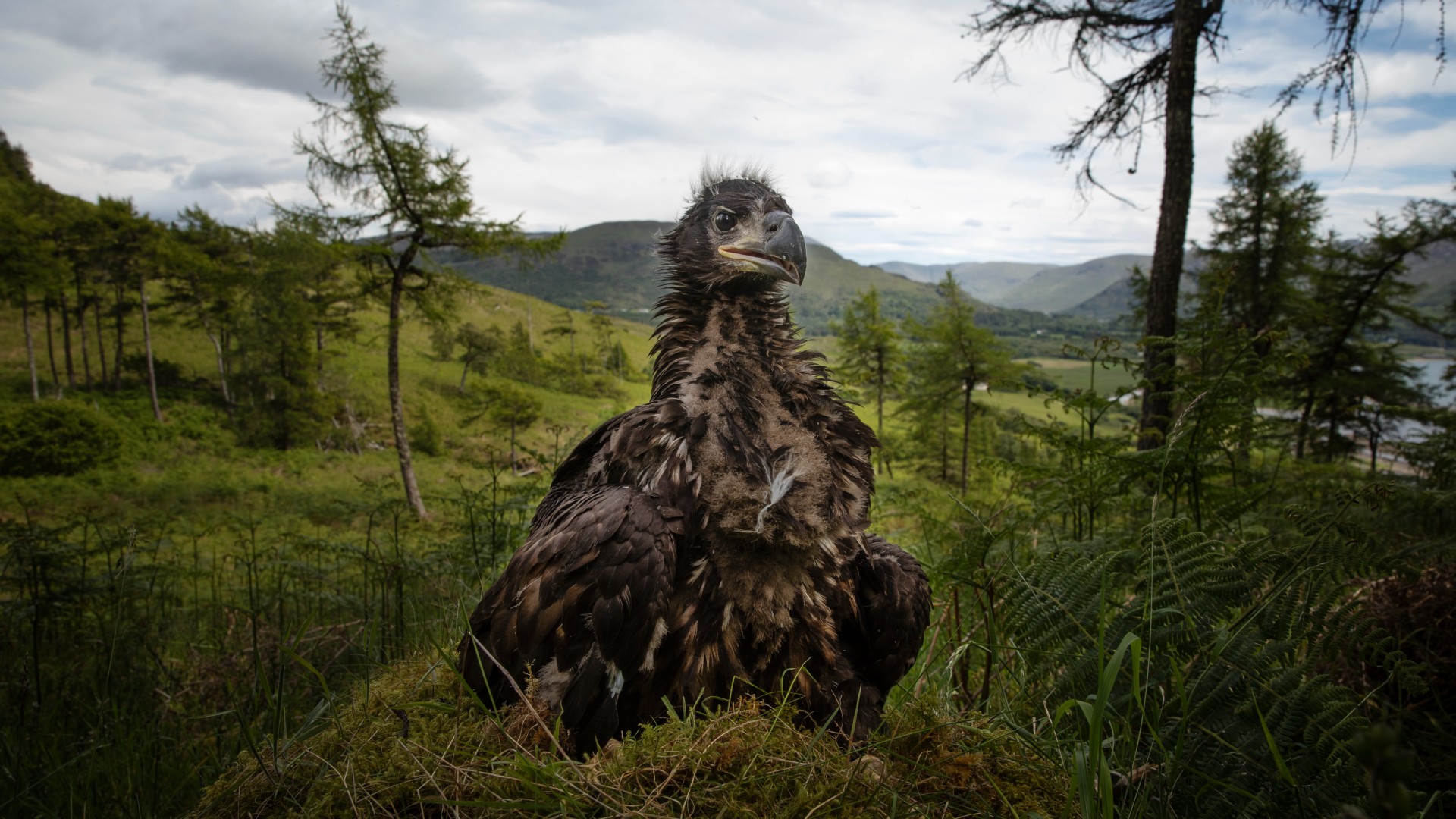 The controversy over rewilding in the UK
The controversy over rewilding in the UKThe Explainer 'Irresponsible and illegal' release of four lynxes into Scottish Highlands 'entirely counterproductive' say conservationists
-
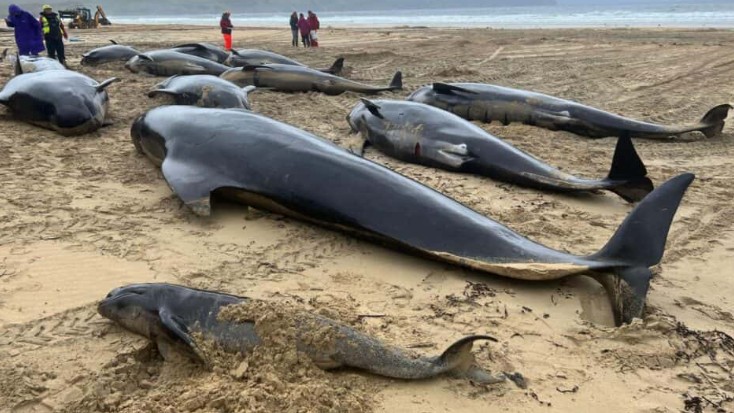 Lewis whale pod post-mortem: what caused Britain’s worst mass stranding for 70 years?
Lewis whale pod post-mortem: what caused Britain’s worst mass stranding for 70 years?Talking Point Whale beachings are on the rise in the UK, but humans aren’t necessarily to blame
-
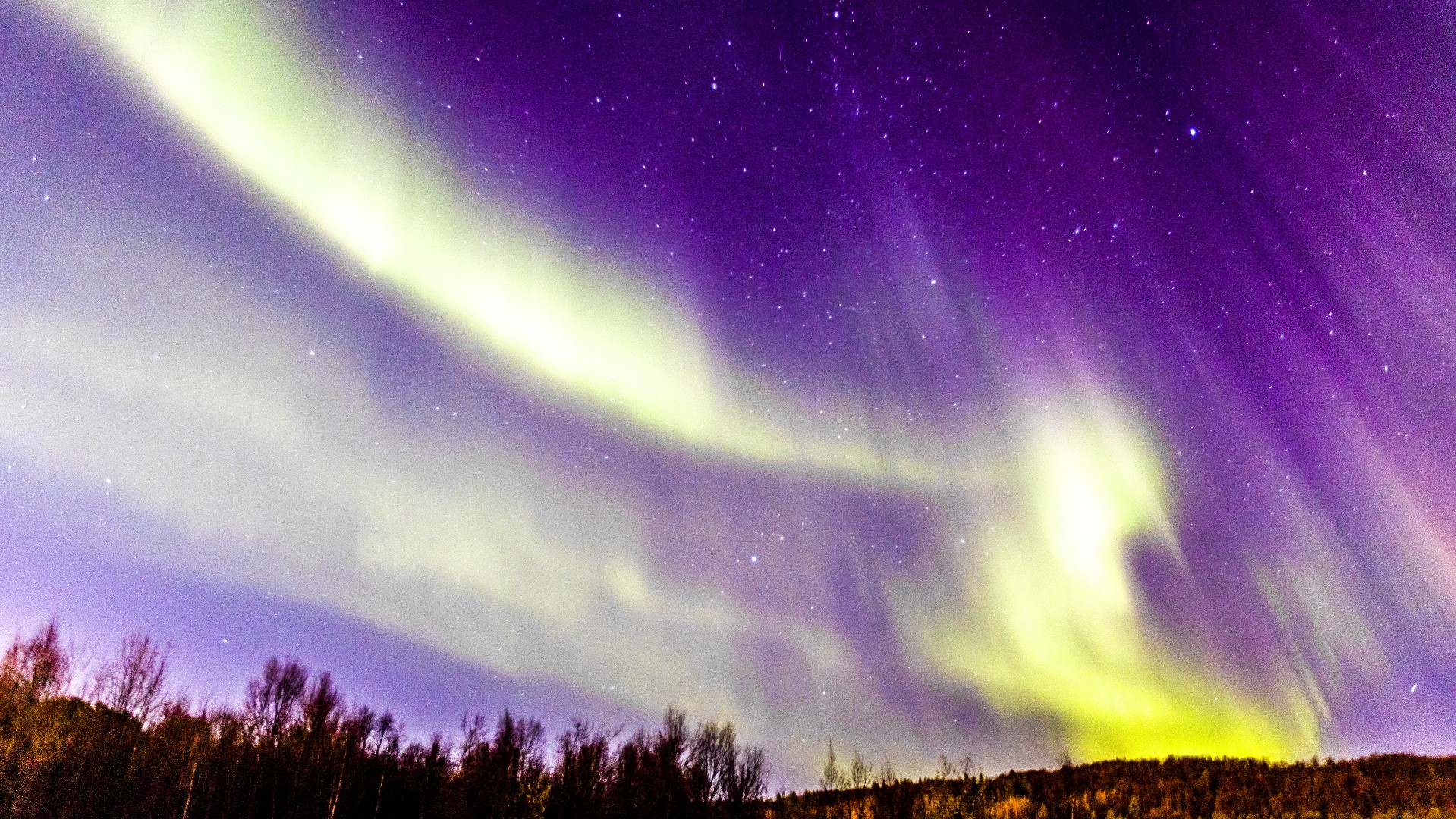 Dazzling Northern Lights visible across UK: when and how to see them
Dazzling Northern Lights visible across UK: when and how to see themSpeed Read Aurora Borealis seen as far south as Kent and Cornwall after ‘particularly strong solar flare’
-
 The Week Unwrapped: Alcohol pricing, #JordanToo and coastal retreat
The Week Unwrapped: Alcohol pricing, #JordanToo and coastal retreatpodcast Has Scotland’s minimum drink price failed? Has Jordan reached a tipping point for women’s rights? And will seaside towns be abandoned to the waves?
-
 Shell’s North Sea oil U-turn: ‘a first victory in a longer war’?
Shell’s North Sea oil U-turn: ‘a first victory in a longer war’?Speed Read Controversy after oil giant pulls out of proposed Cambo project
-
 Glasgow’s Cop26 ‘gold rush’: where will all the delegates stay?
Glasgow’s Cop26 ‘gold rush’: where will all the delegates stay?Under the Radar Inflated accommodation prices mean some visitors will travel from Edinburgh